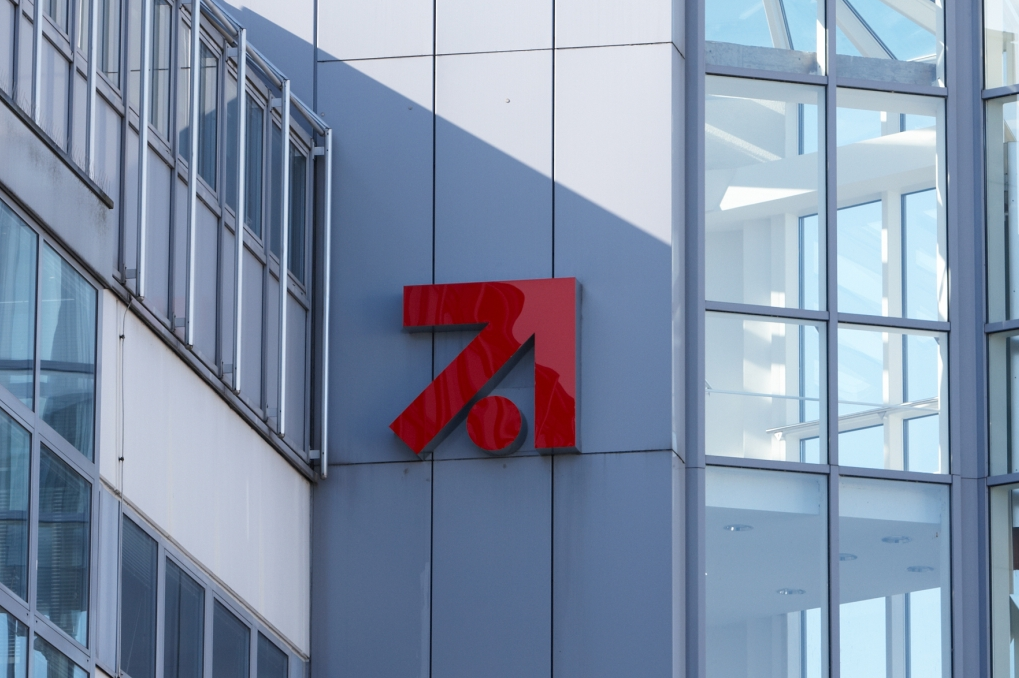
After more than 40 years of operation, DTVE is closing its doors and our website will no longer be updated daily. Thank you for all of your support.
ProSiebenSat.1 chooses AWS as primary cloud provider
 German broadcaster ProSiebenSat.1 has chosen AWS as its primary cloud provider and is working closely with AWS to adopt cloud services within all parts of its broadcast and digital media businesses, production companies, and e-commerce platforms.
German broadcaster ProSiebenSat.1 has chosen AWS as its primary cloud provider and is working closely with AWS to adopt cloud services within all parts of its broadcast and digital media businesses, production companies, and e-commerce platforms.
Most of ProSiebenSat.1‘s brands have previously deployed applications on AWS, including its Joyn streaming platform, offering viewers over 20,000 episodes and 55 live channels in the cloud. ProSiebenSat.1 also runs the ecommerce businesses of its NuCom Group on AWS as well as the production business of its Red Arrow Studios.
Recently, ProSiebenSat.1 made a corporate-wide decision to integrate AWS machine learning services into all aspects of its business to automate processes and develop new, personalised products, with their of more intelligently tailoring advertising to viewers and enhancing personalisation and recommendations across all of its media brands.
One of its projects uses Amazon SageMaker, a fully managed service to build, train, and deploy ML models, and AWS data analytics tools to predict the future value of an upcoming advertising slot.
The solution uses a neural network —trained and deployed using Amazon SageMaker – to predict ad conversion rates based on inputs such as the slot time, genre of the TV show, and ad content, assisting advertisers to predict who will watch their ads, helping them to make informed purchasing decisions and deliver targeted ads, according to AWS.
“ProSiebenSat.1 is a leading European entertainment conglomerate with a strong commerce business and we continue to drive the ongoing transformation of the Group into a technology-and data-led company with an emphasis on growing our digital and diversified future. AWS is a key strategic partner who has consistently driven cloud adoption for over a decade and is still setting the pace on what cloud services can do for media businesses. By moving more of our business to AWS and incorporating AWS’s ML services, we are able to enhance our agile software development practices and derive even more value from our large consumer data platforms,” said Nick Thexton, Chief Technology Officer of ProSiebenSat.1.
“Over the past few years, media companies have been using our unmatched portfolio of cloud services to transform the delivery of content and create more personalized viewing experiences to delight audiences on every platform. As one of the largest and most well-respected media companies in Europe, it is exciting to see ProSiebenSat.1 embracing AWS ML services, and establishing itself as a leader in what is possible. We look forward to supporting the company on its journey to transform how it serves its customers across its media and e-commerce brands,” said Andy Isherwood, Managing Director, Amazon Web Services EMEA.
Separately, AWS video technology unit AWS Elemental has added statistical multiplexing capability to its AWS Elemental MediaLive platform.
The technology outfit said that customers can now deploy linear video processing and playout in the AWS Cloud for broadcast, cable, or terrestrial distribution using AWS Elemental MediaLive with Statmux.
The cloud-based offering supports the abilt8y to add, remove, or update live channels based on evolving audience and business needs, introduce new codecs, prioritise resources on a per-channel basis, and take advantage of multiple codecs and resolutions, according to AWS Elemental.
According to AWS Elemental, cloud-based delivery of Statmux via a unified headend can save months of time take to procure and configure non-repurposable hardware.
Statmux is a technology used in live broadcast workflows that allocates bits in real time among multiple live video channels. It instantaneously adjusts the bitrate of each channel in the statmux pool to make the best use of total available bandwidth and combines the encoded outputs into a single transport stream. This maximises network efficiency by optimising picture quality for a group of channels within a fixed total bandwidth.


